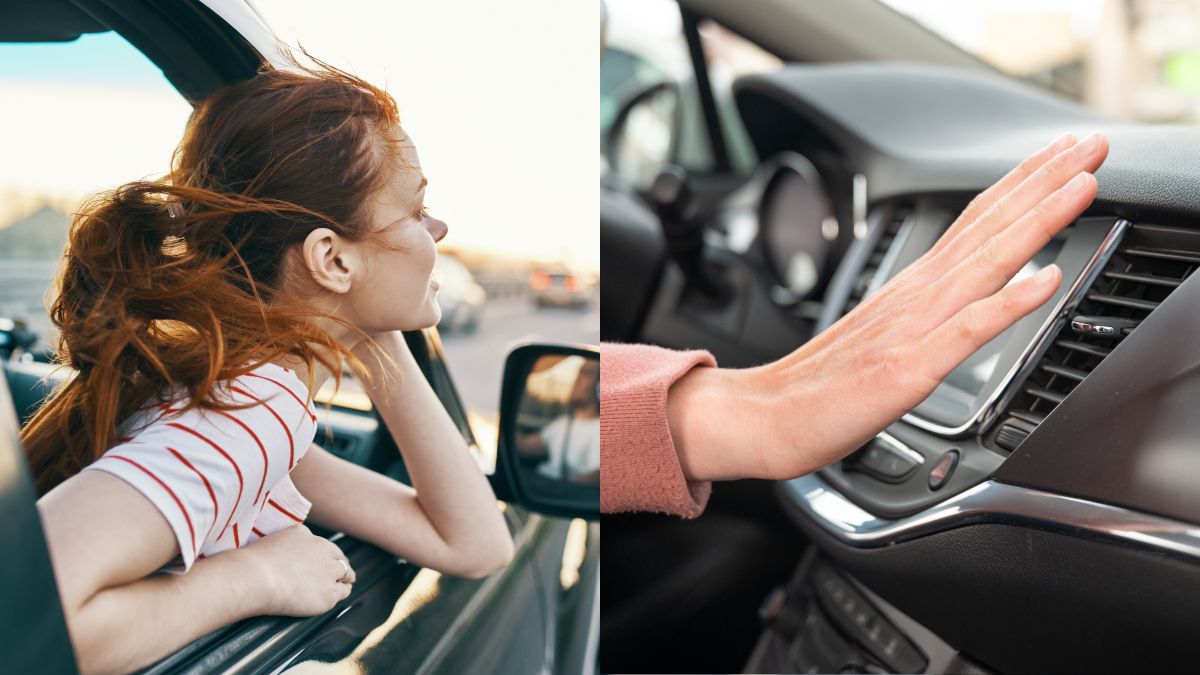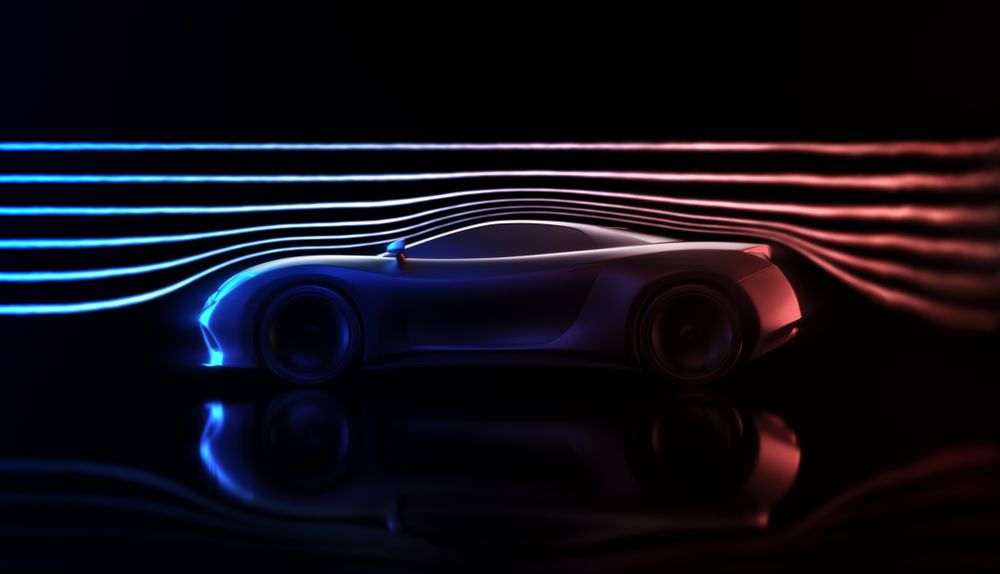Quick Links
You’re driving your car on a hot summer day.
Which one is better forfuel efficiency?
Let’s find out.

ShotPrime Studio/zedspider/Shutterstock.com
It’s a pretty well-known fact that running the AC in your vehicle has a negative impact on MPG.
This is true for both gas andelectric vehicles.
So rolling the windows down is the better choice for efficiency, right?

ktsdesign/Shutterstock.com
It’s not that simple.
When the windows are open, air that normally would flow over the vehicle goes into the car.
This creates resistance known as “drag.”
Cars and other vehicles are designed to be somewhat aerodynamic, which helps minimize air resistance.
If air can flow easily around something, it doesn’t push back on it so much.
More drag means your vehicle has to work harder to propel itself forward.
Air conditioningis simply an extra component (air compressor) in the vehicle that needs power to function.
Gas is the primary power source in a gas-powered vehicle.
Anything you’re doing—even charging your phone—uses more of it.
Therefore, when the AC is on, your vehicle is using more gas.
There have been a number of studies on fuel efficiency with windows open vs. air conditioning.
Essentially, what we’re talking about is “city driving.”
This means driving on non-highway roads, stopping at lights, making turns, and so on.
This has to do with air resistance again.
When you’re driving at slower speeds, there’s less air resistance overall.
Aerodynamics is not as big of a deal.
Since vehicles are so different, there’s not a specific speed cutoff that will work for everyone.
Studiesgenerally showit’s better for fuel efficiency to fire up the windows under around 40 MPH.
Between 40-75 MPH is more of a gray area.
This is when air resistance starts to play a bigger role.
It takes more power to overcome the drag than it does to power the air conditioning.
Again, there’s not a perfect speed threshold that works for every vehicle.
Anything under that—but above 40 MPH—is not as clear cut.
That’s where the differences aren’t as pronounced.
The MPG differences in the range between those speeds aren’t as great.Your wallet will be thankful.
Related:How to Use Your Phone to Pay for Gas